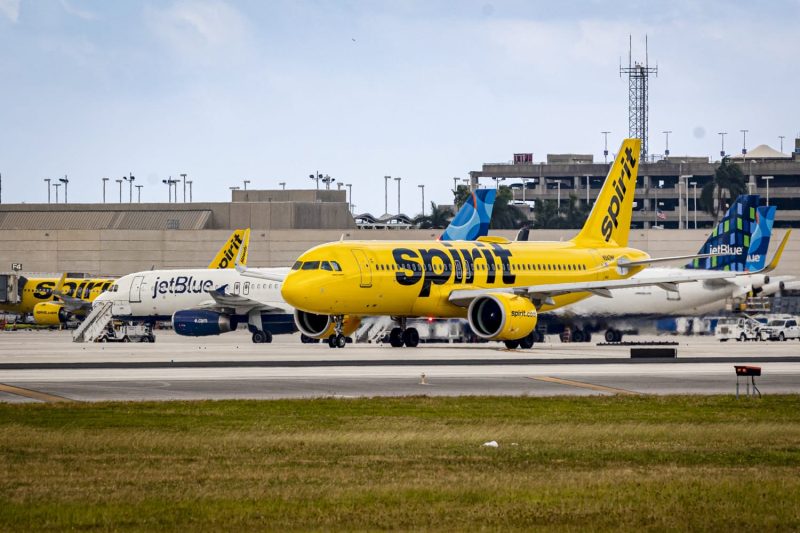**Low-Cost Airlines Defy the Norm: Where They’re Cutting Back Now**
Cost-cutting measures are often a critical aspect of most industries, but in the competitive world of low-cost airlines, finding innovative ways to trim expenses while maintaining operational efficiency is crucial. While passengers may not always be aware of the behind-the-scenes strategies employed by these carriers, understanding where low-cost airlines are making cutbacks can provide insight into the industry’s inner workings.
One area where low-cost airlines are actively cutting back is through their aircraft purchasing decisions. The aviation industry is constantly evolving, with advancements in technology and materials leading to more fuel-efficient and cost-effective aircraft. Low-cost carriers are leveraging these developments by investing in newer, more efficient planes to reduce operational costs over the long term.
In particular, many low-cost airlines are opting for the latest generation of narrow-body aircraft, such as the Boeing 737 MAX and the Airbus A320neo series. These aircraft are designed to be more fuel-efficient and environmentally friendly, helping airlines to save on operating costs while reducing their carbon footprint.
Another way low-cost airlines are cutting back is by streamlining their fleets. By standardizing their aircraft models, carriers can reduce maintenance and training costs. Southwest Airlines, for example, operates an all-Boeing 737 fleet, simplifying maintenance procedures and crew training. This approach not only saves on operational expenses but also enhances operational efficiency and flexibility.
In addition to fleet optimization, low-cost airlines are also looking to reduce costs through operational improvements. Implementing fuel-saving measures, optimizing flight routes, and reducing turnaround times are all ways in which carriers are seeking to enhance efficiency and lower costs.
However, cost-cutting measures are not without challenges. The COVID-19 pandemic has presented unprecedented challenges to the airline industry, forcing carriers to reassess their strategies and adapt to the new normal. While some airlines have been forced to scale back operations or even suspend services, others have found ways to innovate and remain resilient in the face of adversity.
Overall, low-cost airlines continue to navigate a competitive landscape by balancing cost-cutting measures with the need to maintain high operational standards and customer satisfaction. By investing in newer, more efficient aircraft, streamlining their fleets, and optimizing operations, these carriers are demonstrating their commitment to sustainability, cost-effectiveness, and innovation in a constantly evolving industry.






















